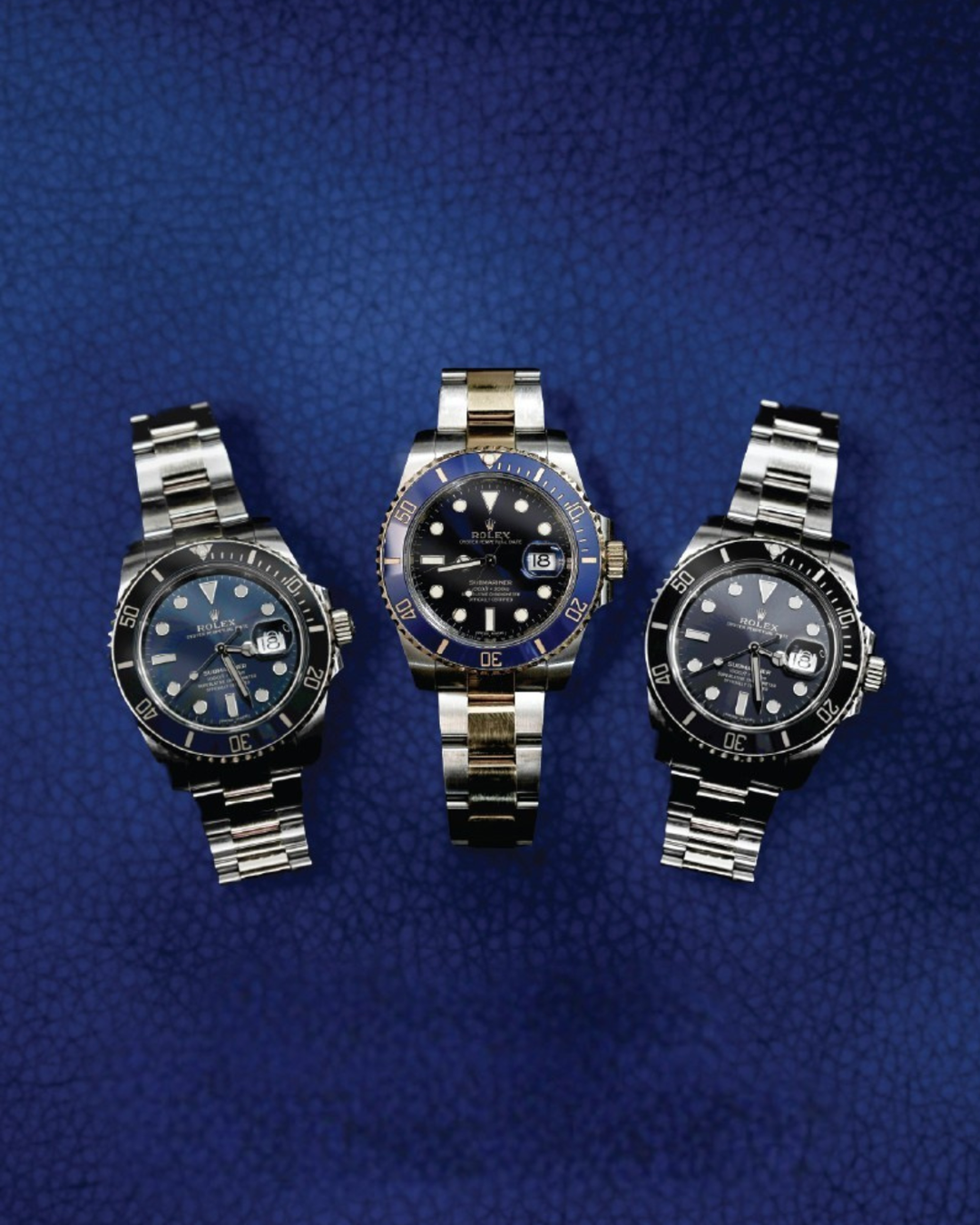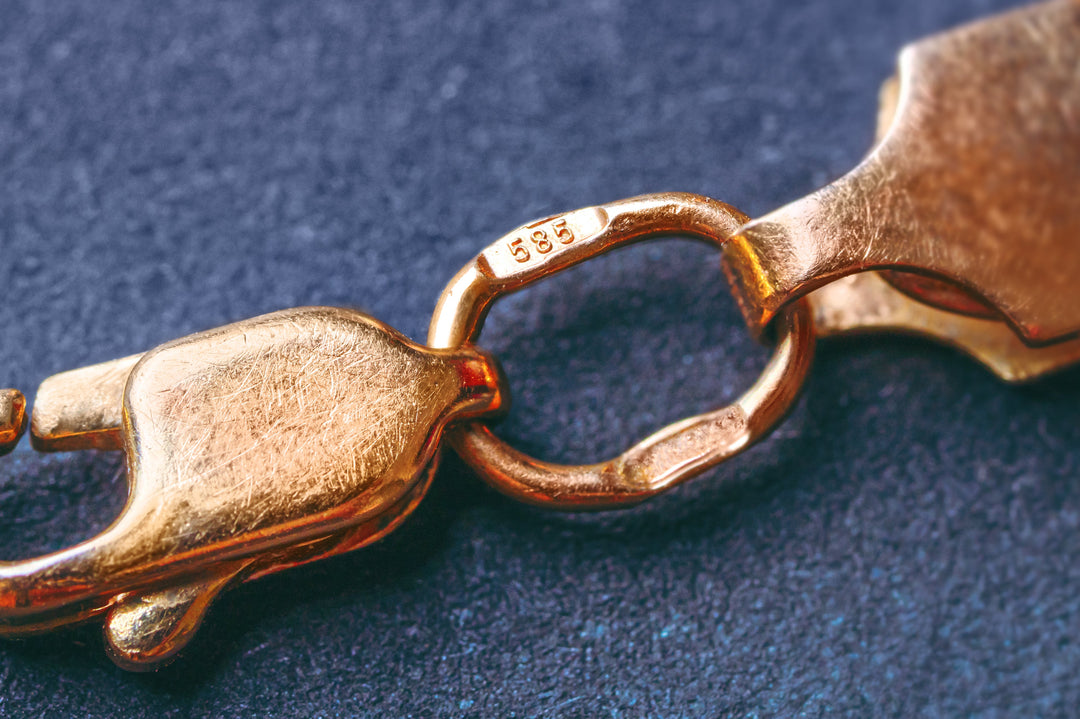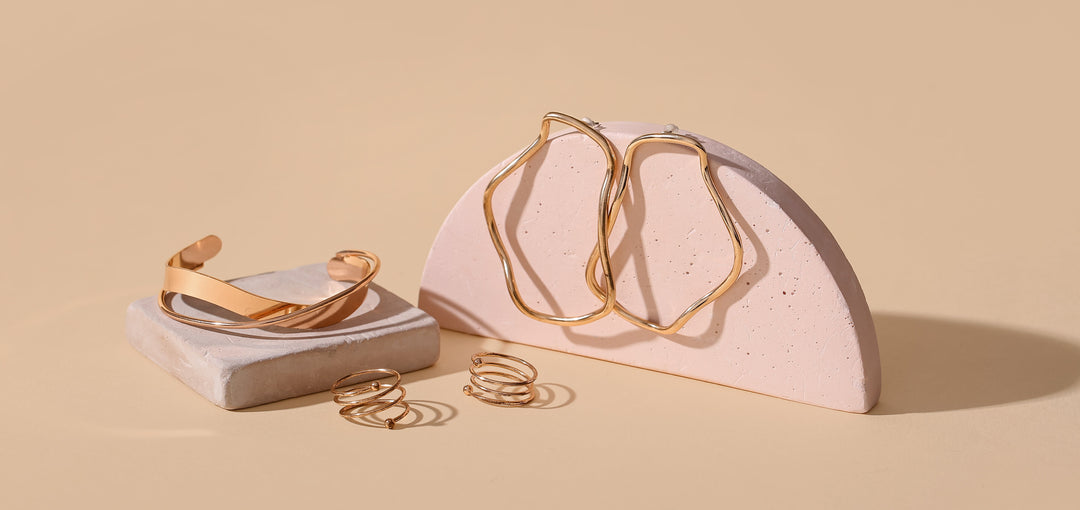When it comes to selecting a gemstone that offers the same beauty and sparkle as a traditional diamond, more and more people are turning to diamond alternatives. Whether for budget reasons, a preference for something different, or simply because of personal style, the best diamond alternatives provide stunning options that rival mined diamonds in many ways. In this guide, we’ll explore the top choices for diamond alternatives that deliver on brilliance, durability, and visual appeal.
What Are Diamond Alternatives?
Diamond alternatives and diamond simulants vs alternatives are gemstones or materials that offer a similar look to diamonds, whether through their brilliance, color, or overall aesthetic. These non-diamond engagement rings are often chosen for various reasons, from budget-conscious shoppers to those looking for something unique. While these stones are not diamonds, they can closely resemble the real thing in appearance and style. Whether you're after a white, clear stone or something with a splash of color, there’s a diamond alternative that’s just right for you.
The Best Diamond Alternatives for a Classic, Clear Look
For those seeking white diamond alternatives with a classic, clear look, there are several clear gemstone options that come incredibly close in terms of sparkle and brilliance. Here are the top picks:
Moissanite
Moissanite is among the most popular diamond alternatives due to its brilliant sparkle and fire. Almost as hard as a diamond, this gemstone shines brightly with a refractive index even higher than a diamond's, making it more brilliant.
- Pro: Offers diamond-like brilliance and durability.
- Con: Its higher refractive index can cause a slightly different sparkle than a traditional diamond.
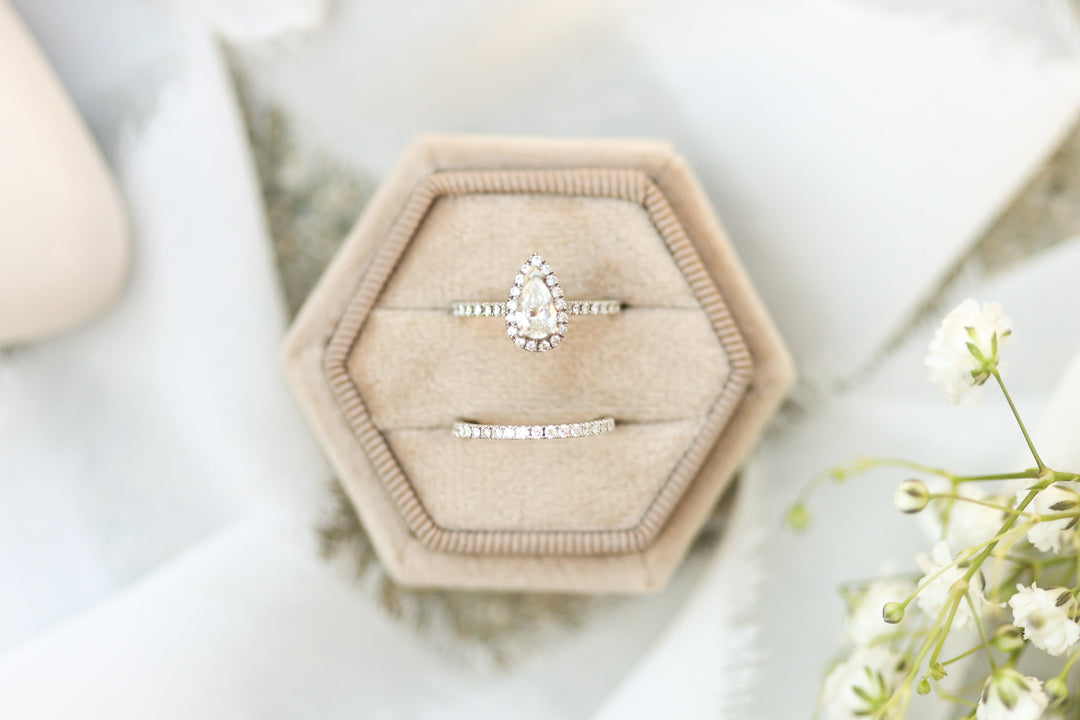
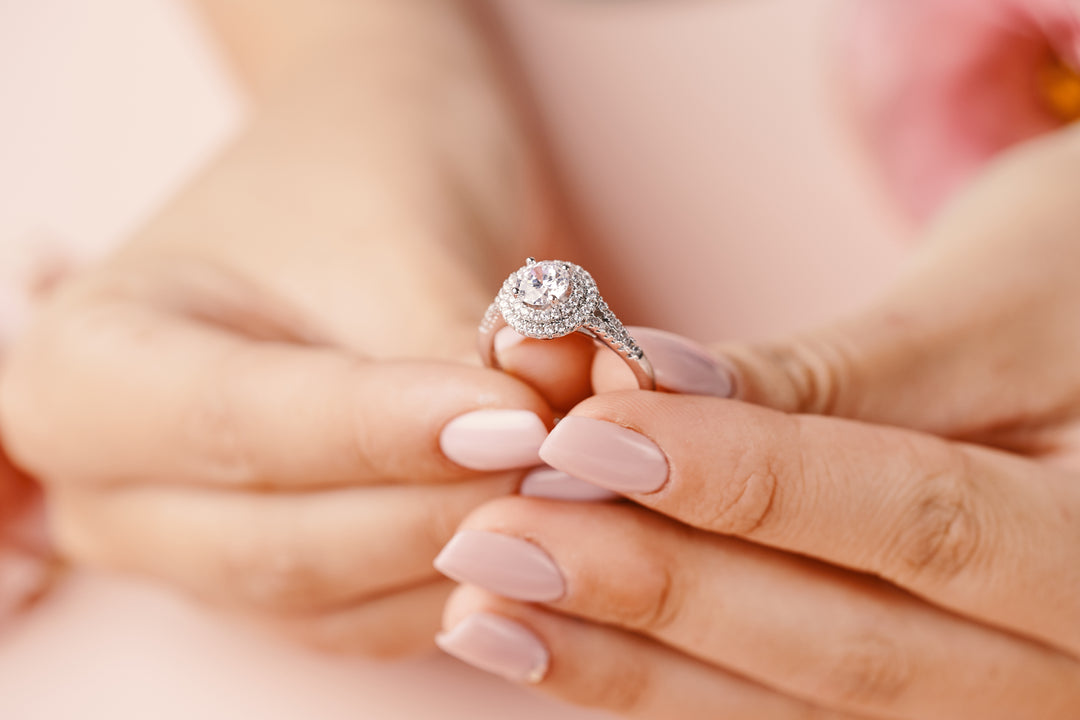
White Sapphire
White sapphires are a timeless choice that is often overlooked. They have a classic, clear appearance and are more affordable than diamonds and moissanite.
- Pro: More budget-friendly than diamonds and moissanite, and still quite elegant.
- Con: White sapphires have a lower refractive index, meaning they won’t sparkle as much as diamonds or moissanite.
Cubic Zirconia
CZ (Cubic Zirconia) is another option that closely resembles the look of a diamond at first glance. Cubic zirconia durability is lower than natural diamonds, making it a common choice for fashion jewelry and costume pieces.
- Pro: Very inexpensive and available in a variety of cuts.
- Con: It’s much softer than diamonds, prone to scratching, and can lose brilliance over time.
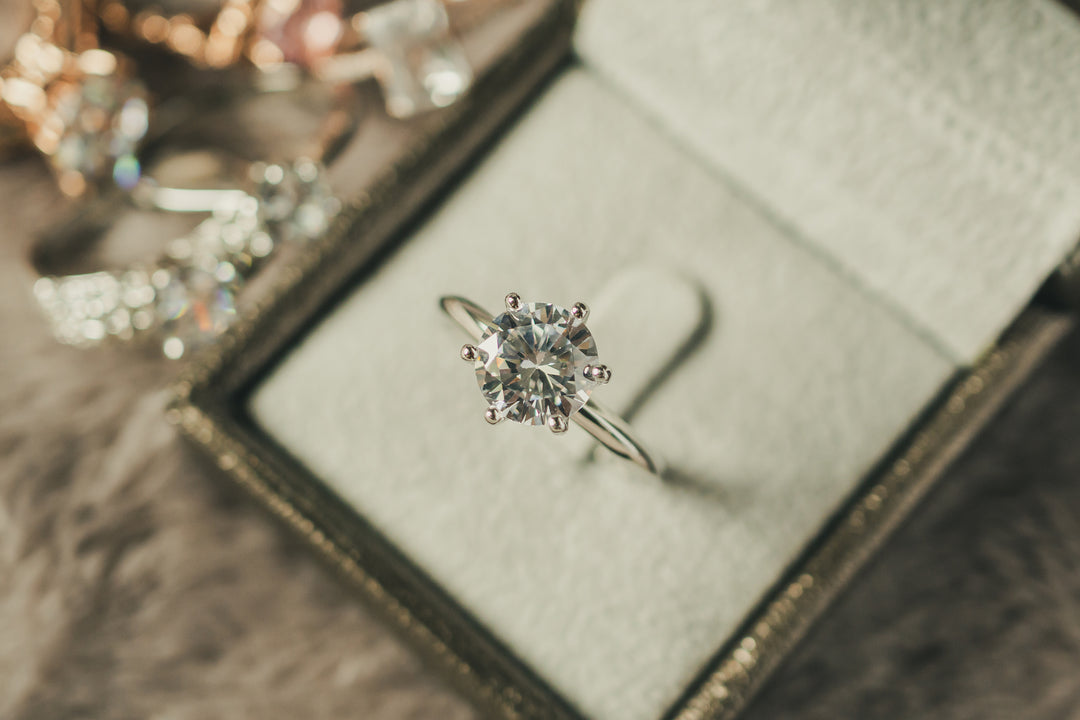
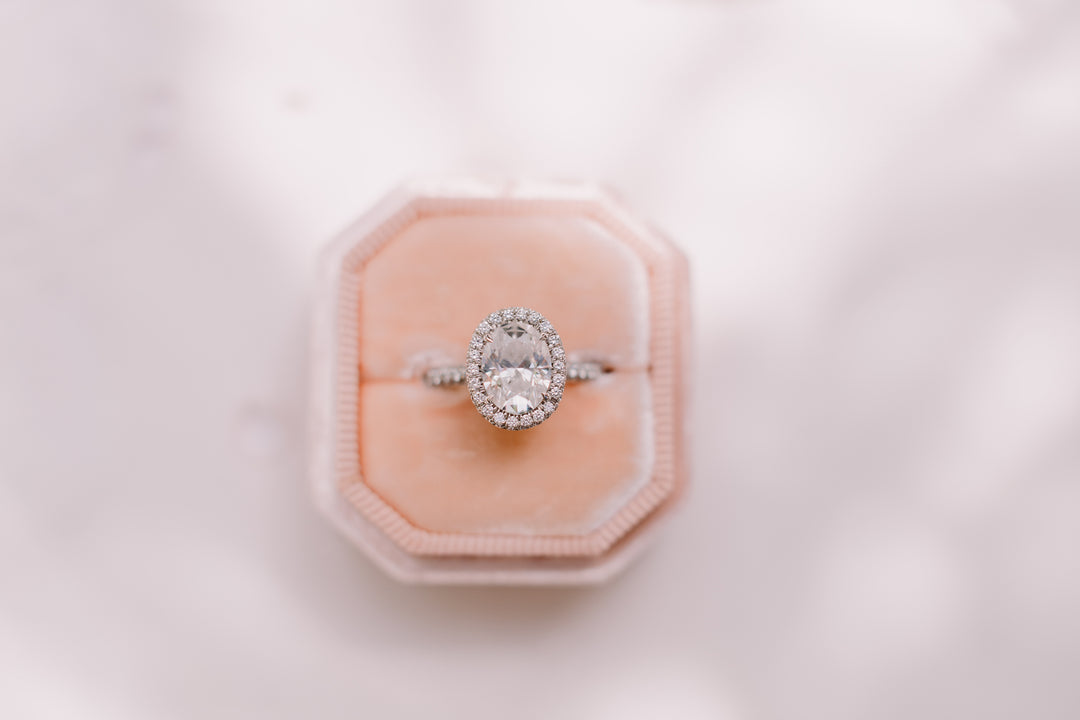
White Topaz
White topaz offers a beautiful sparkle, though it's softer than diamonds and can be prone to scratching. It’s an excellent alternative for those seeking an affordable option with the look of a diamond.
- Pro: Inexpensive and often used in fine jewelry.
- Con: Softer than other alternatives, requiring extra care.
Diamond Alternative #5
Diamond Simulants
These are non-diamond materials designed to imitate diamonds. Often created to look like diamonds under normal lighting, they are less expensive but vary in quality and durability.
- Pro: A cost-effective way to achieve the diamond look.
- Con: Less durable and often doesn’t hold up over time compared to other alternatives.
Diamond Alternative #6
Hybrid Materials (Diamond-Coated Stones)
These are non-diamond stones coated with diamond-like substances. These hybrids aim to give you the look of a diamond at a fraction of the cost.
- Pro: Achieves a diamond-like appearance without the hefty price tag.
- Con: The coating can wear off over time, which may affect its longevity.
Diamond Alternative #7
Lab-Grown Diamonds
Lab-grown diamonds are real diamonds created in a lab instead of mined from the earth. They have the same chemical properties and visual appeal as their natural counterparts, making them a fantastic alternative.
- Pro: Identical to mined diamonds in appearance and durability.
- Con: Can be more expensive than other alternatives, but still more affordable than mined diamonds.
Colored Stone Diamond Alternatives
While clear stones are a classic alternative to diamonds, colored gemstones for engagement rings are becoming increasingly popular. Here are a few unique engagement ring stones:
Morganite
Pink morganite engagement rings feature a peachy pink gemstone that is often set in rose gold and has gained popularity as a beautiful and feminine alternative to diamonds.
- Pro: Unique, vibrant, and perfect for those who want something different.
- Con: Softer than diamonds, making it more suitable for occasional wear rather than daily use.
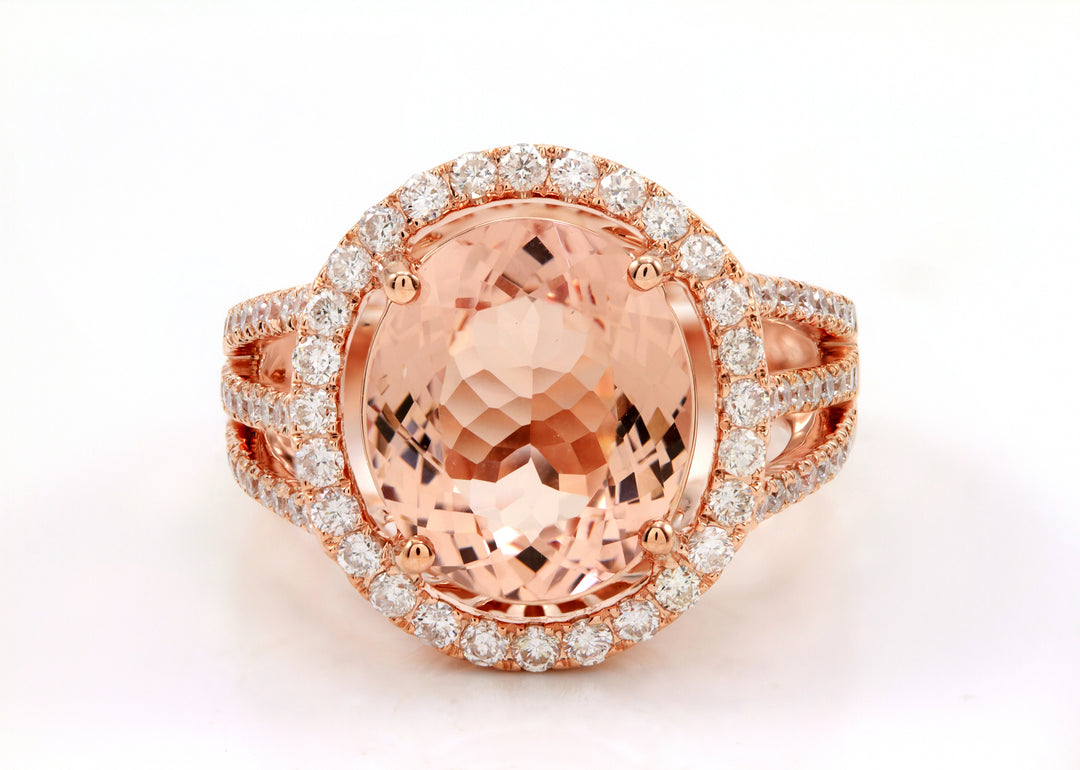
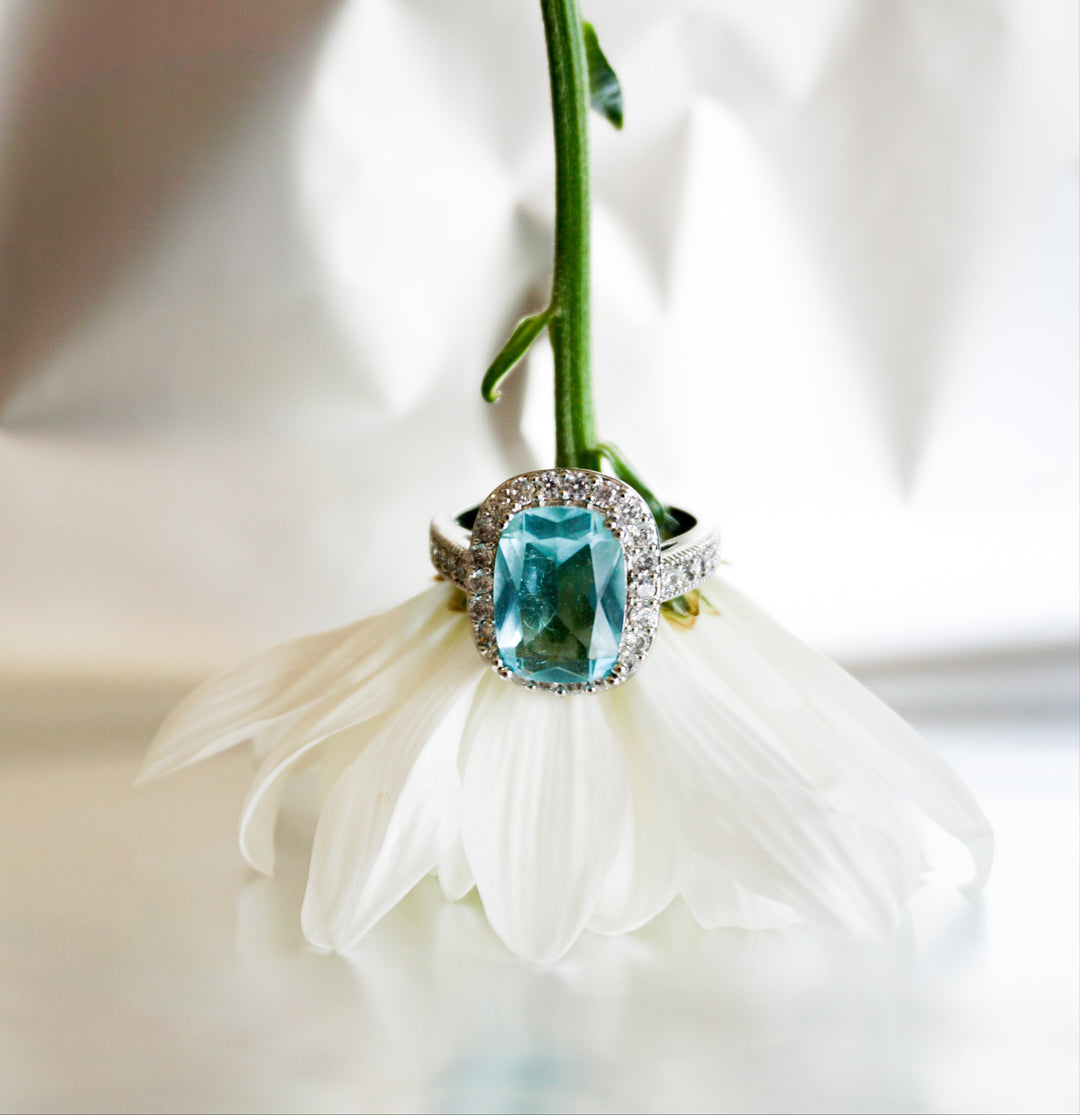
Aquamarine
Aquamarine
This light blue gemstone is serene and fresh, making it a lovely alternative to a diamond for those who prefer a cooler tone.
- Pro: Soft and beautiful, ideal for those who love pastel shades.
- Con: Aquamarine is a softer stone, so it must be handled carefully to avoid scratching.
Ruby
For those who want a bold, luxurious look, rubies offer a deep red color that stands out in any setting.
- Pro: Hard, durable, and a classic symbol of love.
- Con: More expensive than other colored stone alternatives.
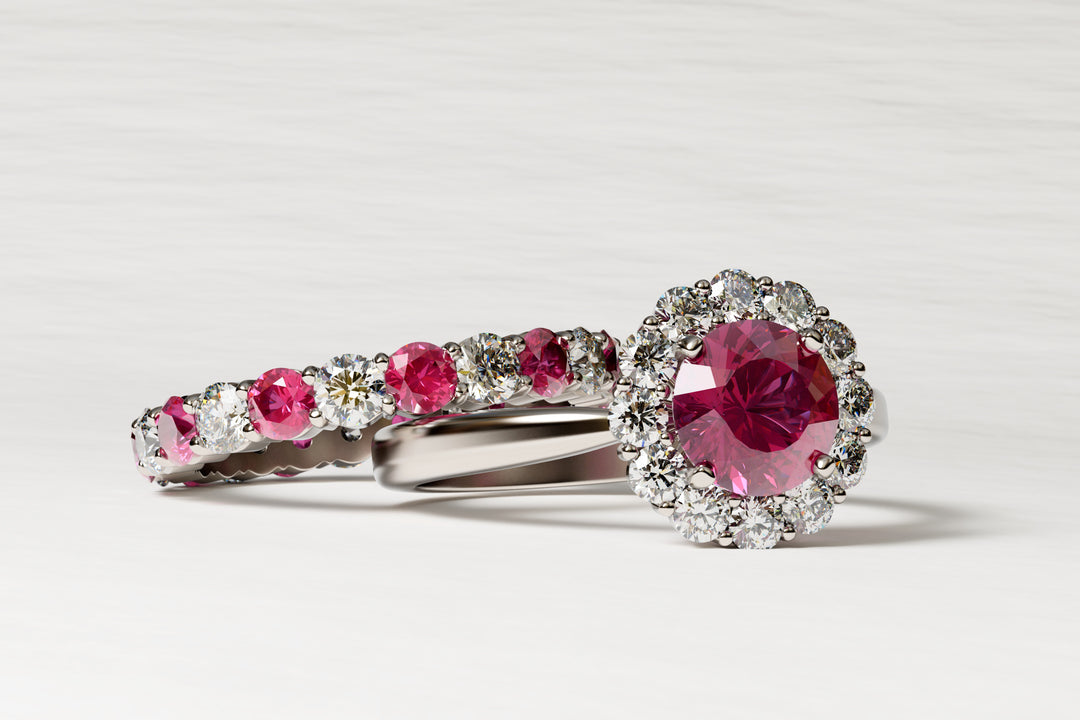
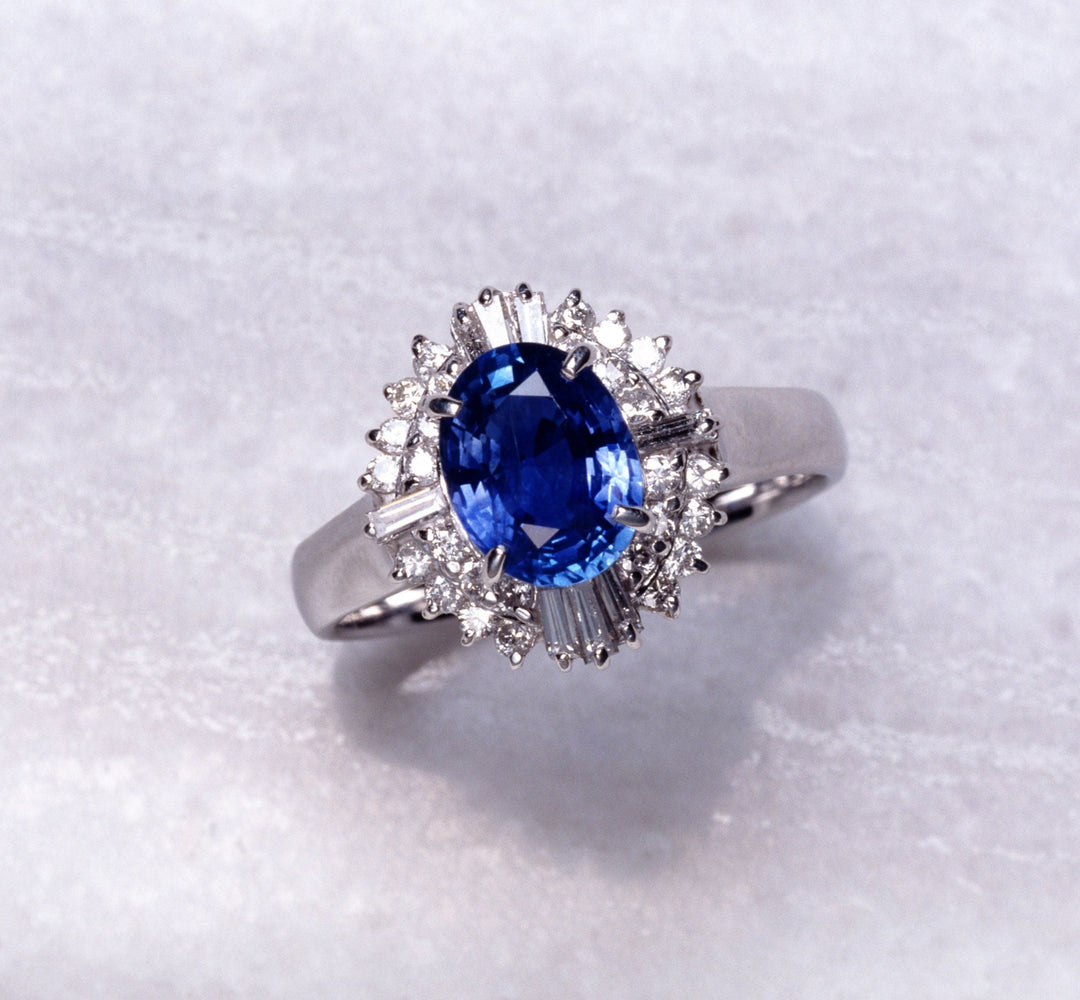
Sapphire
Sapphires come in a range of colors, with blue being the most iconic. Known for their durability and versatility, sapphires make an excellent alternative for those looking for a more colorful diamond replacement.
- Pro: Durable, comes in various colors, and holds up well in everyday wear.
- Con: High-quality sapphires can be pretty costly.
Garnet
Garnet’s rich red hue is perfect for those who want a gemstone that rivals rubies in color but is more affordable.
- Pro: Inexpensive and versatile, ideal for different jewelry styles.
- Con: Softer than sapphires and rubies, it’s less durable for everyday use.
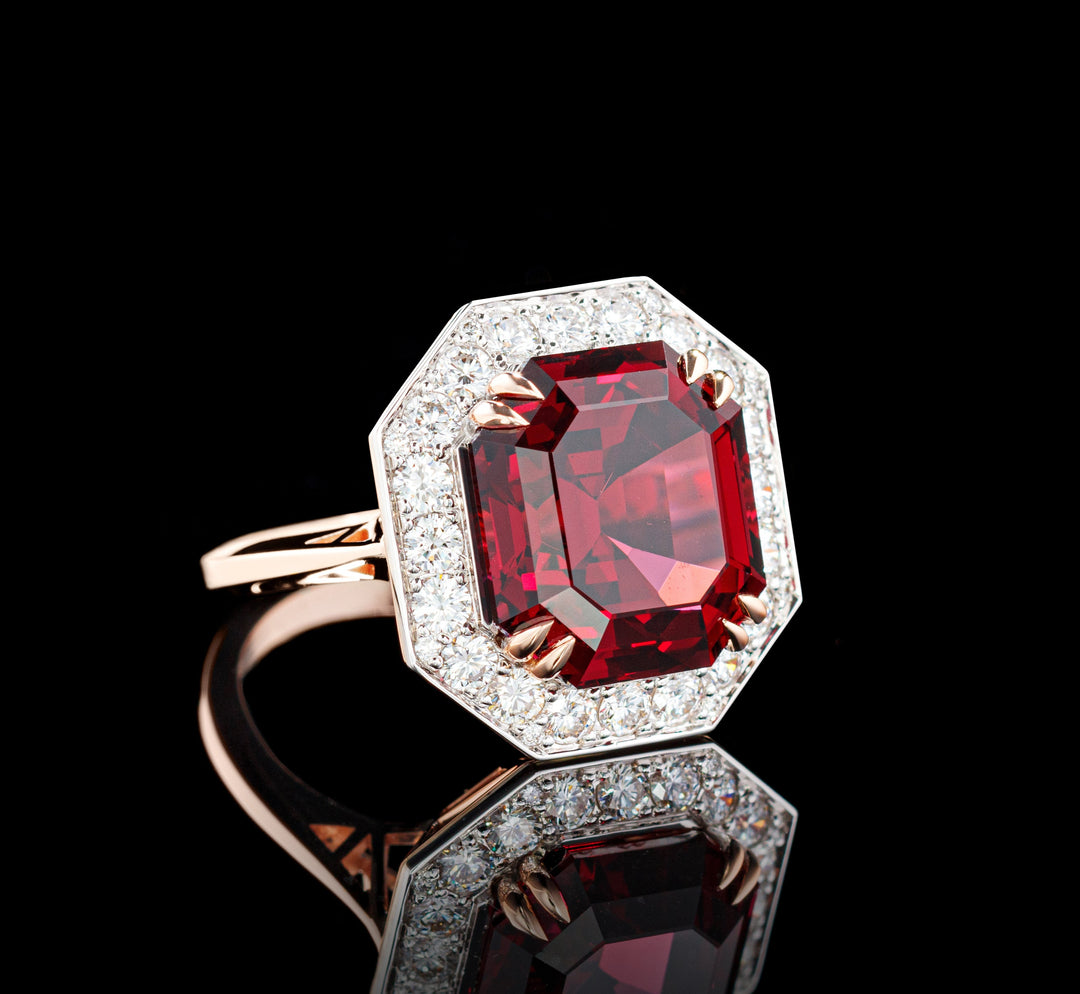
How to Choose the Right Diamond Alternative for You
When selecting from our diamond alternative buying guide, it's important to consider a few key factors in how to choose alternative engagement stones:
- Personal Style and Aesthetic: Whether you’re drawn to the sparkle of a white stone or the rich hues of a colored gem, choose a stone that resonates with your personal style.
- Durability Concerns: Keep in mind that durability varies among gemstones. A bezel setting can help protect softer stones like morganite and aquamarine, while a prong setting is better suited for harder stones like sapphires and diamonds. The setting plays a significant role in preserving the stone’s longevity.
- Budget Considerations: From brilliant cubic zirconia to luxurious sapphires and lab-grown diamonds, there’s a diamond alternative for every budget.
Conclusion
The best value diamond alternatives offer something for everyone, whether you're looking for a clear stone with the brilliance of a mined diamond or a colorful gemstone that expresses your unique style.
At Nelson Coleman Jewelers, we believe every gemstone tells a story. Visit us to discover where to buy diamond alternatives, whether you're drawn to the brilliance of moissanite or the rich depth of sapphire, we'll help you find the perfect diamond alternative to suit your style.



